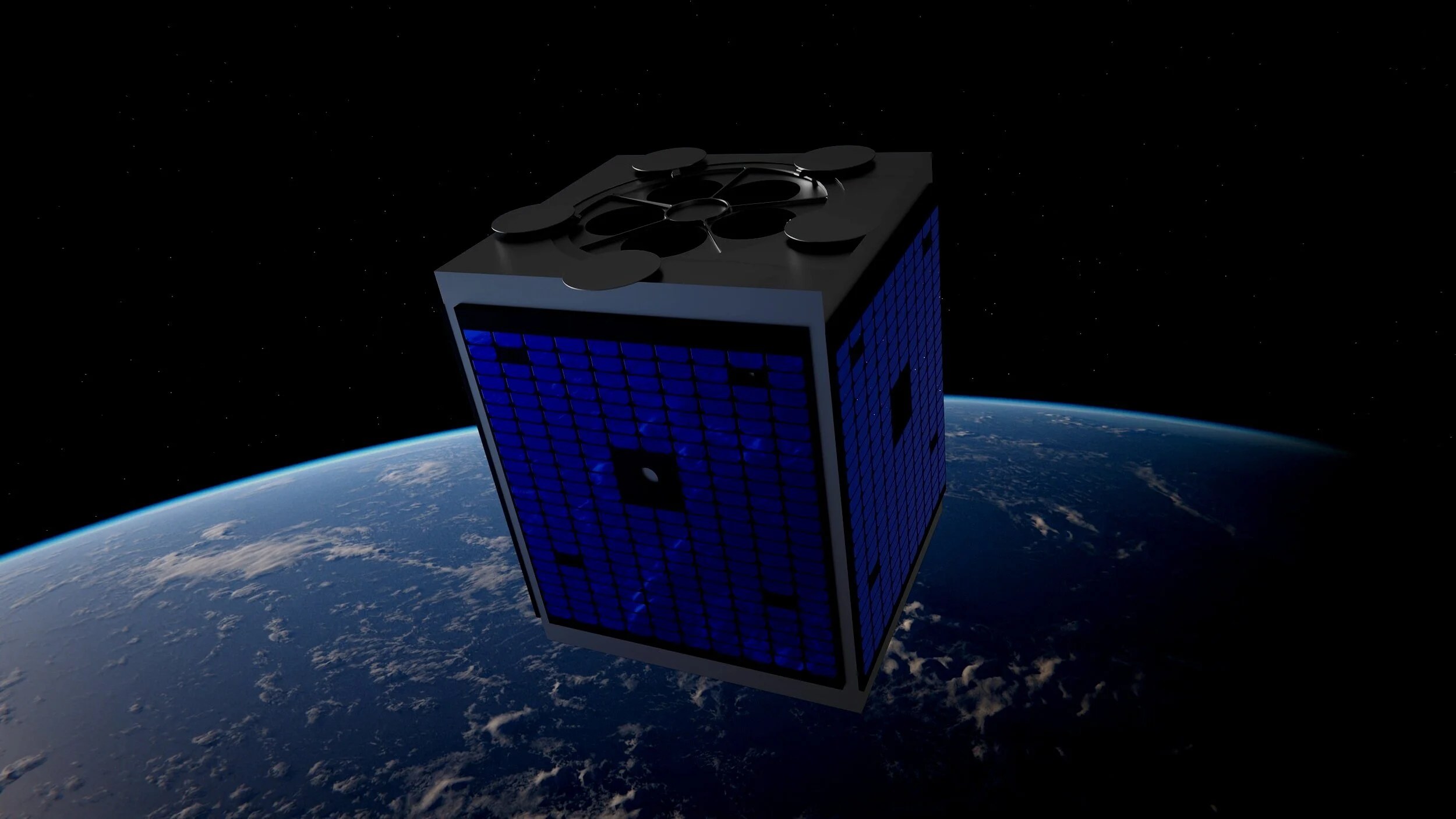NEXTUP
- an innovative low-cost observatory for observing stellar EUV emission
NExtUP has been proposed for the 2020 NASA Pioneers opportunity - a new program supporting low-cost space-based observatories with a $20M cost cap.
The NExtUP instrument package is designed to be carried by a custom spacecraft built by MOOG Inc and launched into a low-earth orbit. NExtUP would have broad reach and the ability to point to targets over two-thirds of the sky at any given time.
The NExtUP science program comprises a series of planned observations of over 200 nearby stars, with the agility to respond to target of opportunity requests and support observing campaigns by ground-based and flagship space-based instruments.














